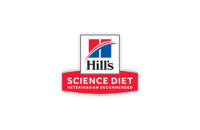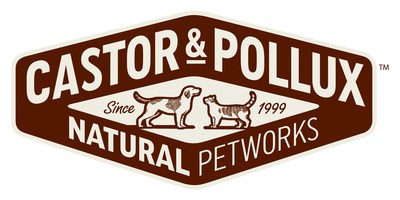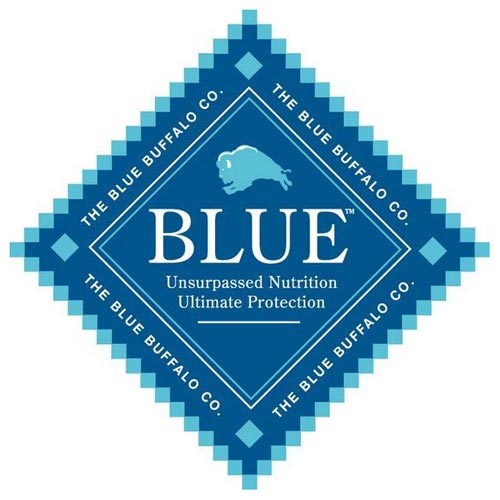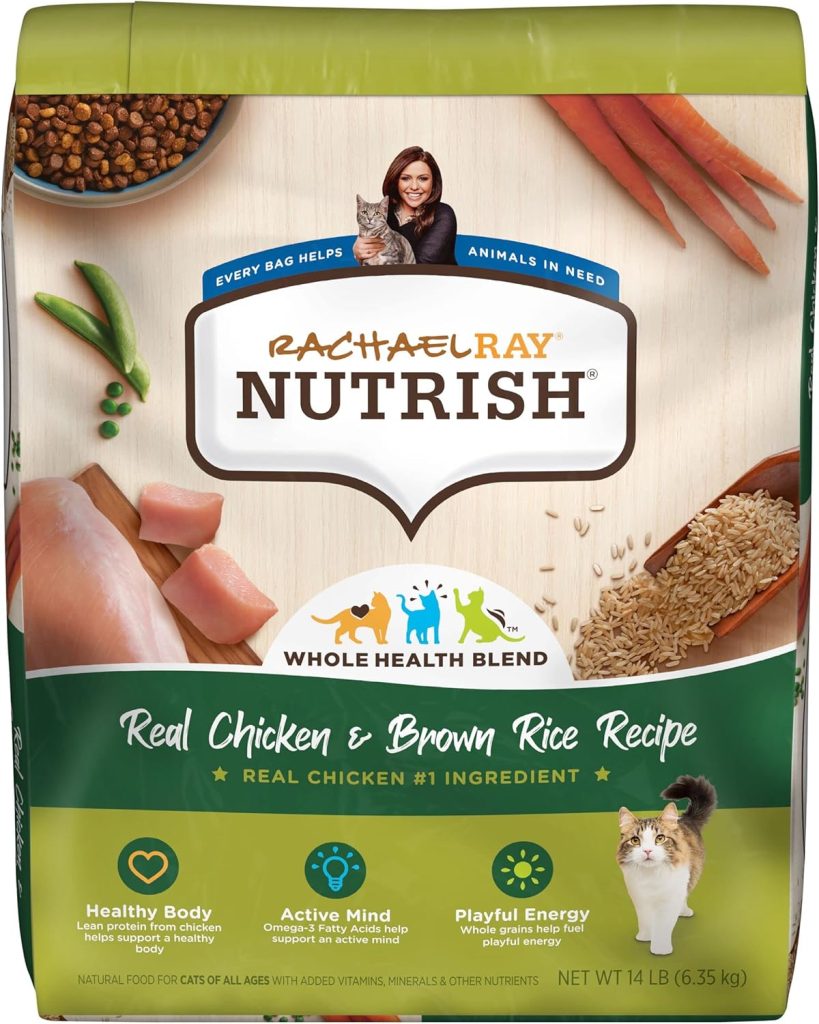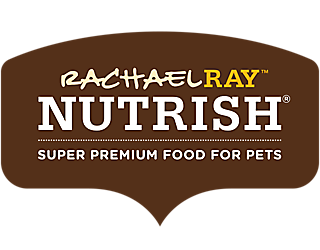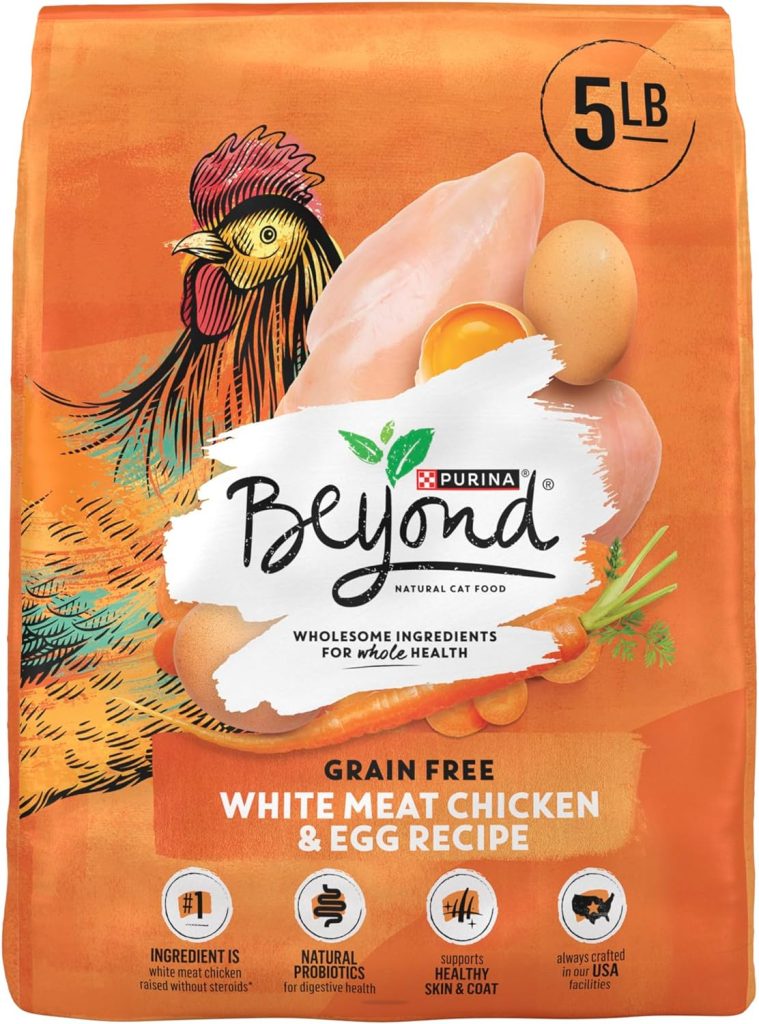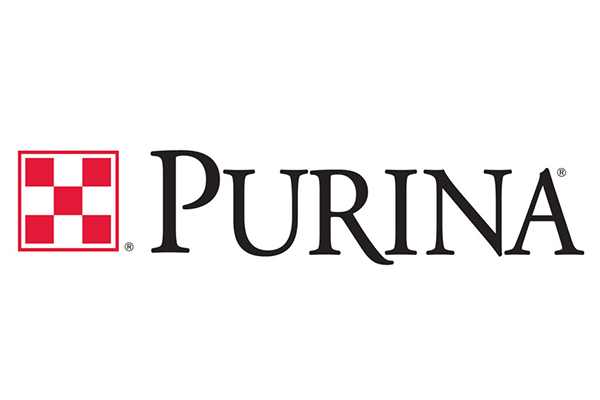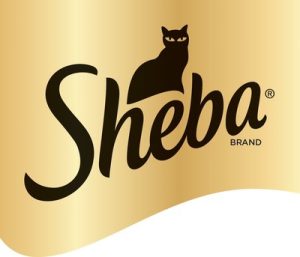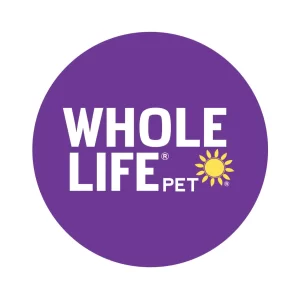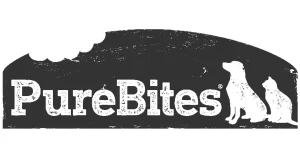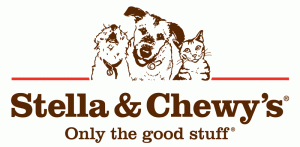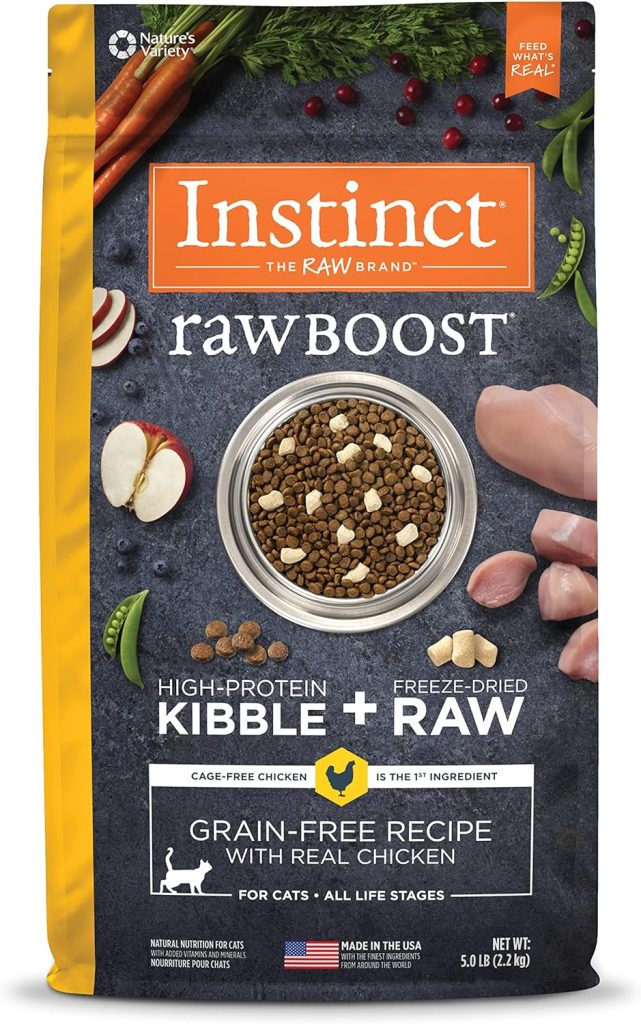Decoding Cat Food Labels: What Every Owner Needs to Know
When you’re browsing the shelves at your local pet store or shopping online, all those enticing images of happy cats and claims of “natural” ingredients can make any cat food seem healthy and appealing. But do you really know how to decode a cat food label to determine if it offers balanced nutrition tailored for your feline companion? Learning what matters most when analyzing ingredients and nutritional information takes the guesswork out of choosing cat food. This guide covers everything from understanding protein sources to interpreting label claims so you can provide the best diet possible.
Understanding Ingredients
The ingredient list provides key insights into the quality and nutritional value of any cat food formula. According to pet food regulations, ingredients must be listed in descending order by weight. This means the first several ingredients make up the majority of the food.
Ideally, you want to see multiple high-quality protein sources near the top of the list along with digestible grain-free carbohydrates. Ingredients to avoid include low-quality fillers like corn, wheat, soy, artificial flavors, artificial colors, chemical preservatives BHA, BHT and ethoxyquin. These non-nutritive ingredients can negatively impact digestion and overall health.
Protein Sources
As true carnivores, cats have a high requirement for meat-based proteins. Their bodies are designed to derive nutrition from prey. Muscle meat provides essential amino acids cats need for growth, reproduction and biological processes. At least 25-30% of their diet should consist of quality animal proteins. High-protein cat food formulas from brands like Tiki Cat are optimal for their nutritional requirements. Meat should be the first or at least second item listed.
Meat vs Meat Meal
You may notice some formulas list types of meat (chicken, turkey etc) while others list “chicken meal”, “turkey meal”. This difference simply comes down to moisture content.

Popular Food

Tiki Cat Born Carnivore
High-Protein Formula: Supports muscle health and vitality.
Grain-Free Goodness: Ideal for sensitive stomachs and allergies.
Baked for Crunchiness: Preserves nutrients with a satisfying texture.
Premium Ingredients, Real Flavors: Chicken, herring, and salmon for taste

Famous Food

ACANA Highest Protein Meadowlands
Highest Protein Formula: Promotes cat’s muscle strength and energy.
Meadowlands Grain-Free Recipe: Perfect for cats with dietary sensitivities.
Free-Run Chicken & Turkey: Quality meats for delicious and wholesome nutrition.
Chicken Liver Cat Food: Rich flavor with added nutrient benefits
Meals have had moisture removed prior to the cooking process. Although it contains less water weight, meals contain more concentrated protein per pound which makes it a high quality ingredient. Regular meat contains about 75% moisture vs only 10% for meat meals. Go by the guaranteed analysis to determine actual protein content rather than judging by the ingredient order. Both regular meat and meat meals provide complete proteins with essential amino acids.
AAFCO Statement
To verify nutritional adequacy, look for a statement from AAFCO (Association of American Feed Control Officials). This independent organization regulates and defines nutrient profiles for cat foods. An “AAFCO complete and balanced” label ensures the formula meets established feline nutrition standards for all life stages when fed as directed.
The food below meets AAFCO nutritional standards
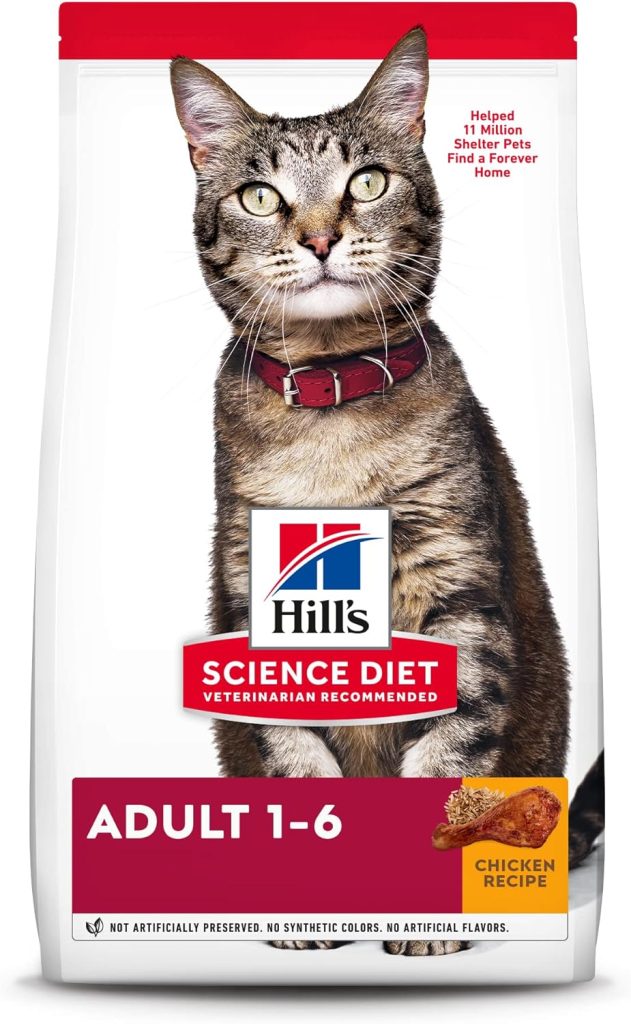
Scientifically Formulated Nutrition: Tailored for adult cats.
Chicken Recipe: Real chicken for a delicious taste.
Balanced Diet: Provides essential nutrients for overall health.
Convenient 4 lb. Bag: Perfect for easy storage and portion control.
Carbohydrates
While cats have no biological requirement for carbs, these ingredients supply vital nutrients and fiber for good health. Carbohydrates should make up no more than 10% of their diet.
Most commercial cat food contains at least some carbs to form into crunchy kibbles or bind canned food recipes together. But not all carbs are created equal in terms of digestibility and nutrition.
Digestible vs Non-Digestible Carbs
Cats lack key enzymes needed to properly digest carbs so ingredients should be highly digestible. Whole grains like corn, wheat, rice and soy contain non-digestible fibers that simply pass through the digestive tract unused. This not only fails to provide nutrition but can negatively impact stool quality.
Instead, look for limited carbohydrates from digestible sources like pumpkin, sweet potatoes, lentils, chickpeas, tapioca and green peas further down the ingredients list.
Fats and Oils
Moderate fat levels around 15% help supply energy needs and provide essential fatty acids for skin health. Chicken fat, fish oil, flaxseed and olive oil give cats omega-3 and omega-6 fatty acids they cannot self-produce. Rancid fats lead to cell damage so freshness matters.
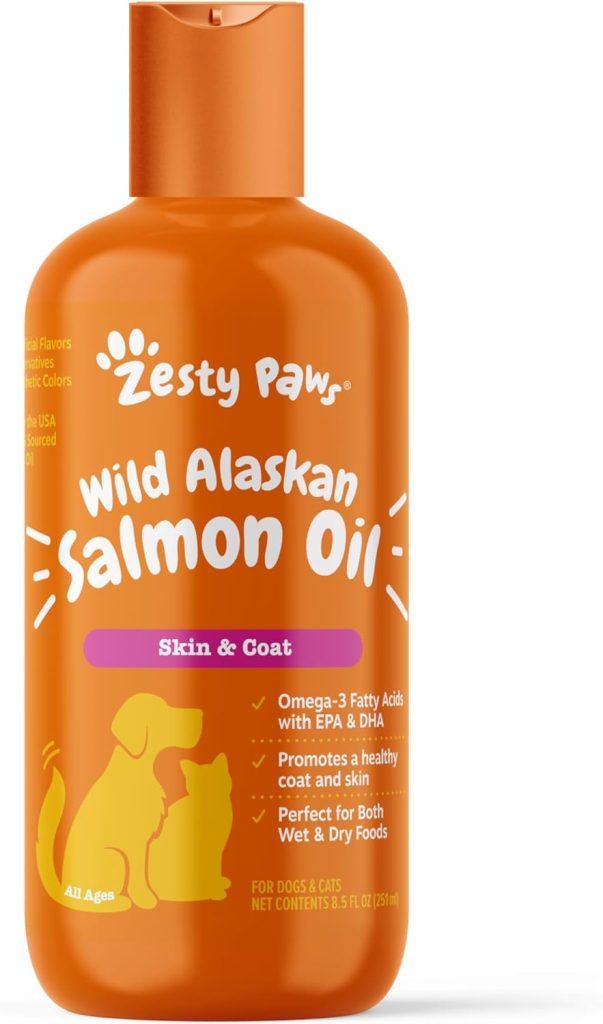
Wild Alaskan Salmon Oil: Omega-3 support for pets.
Skin & Coat Health: Promotes a shiny, healthy coat.
Liquid Food Supplement: Easy to administer for cats.
Natural EPA + DHA Fatty Acids: Supports joint, immune, and heart health.
Vitamins and Minerals
While ingredients provide nutrition naturally, most cat foods add supplemental vitamins, minerals and amino acids destroyed during manufacturing. Taurine, an essential amino acid cats cannot synthesize alone, promotes heart and eye health. Added antioxidants like vitamin E also preserve freshness.
Cat Multivitamin Chews: Pet Honesty’s comprehensive feline support.
Health + Immune, Joint, Skin & Coat, Digestion: Complete wellness coverage.
Omega-3s, Lysine, Probiotic, Vitamins: Essential nutrients for cat health.
Chicken Flavor (30-Day Supply): Delicious and convenient for daily use.
Artificial Preservatives
BHA (Butylated hydroxyanisole), BHT (butylated hydroxytoluene) and ethoxyquin are chemical perservatives frequently found in low-quality cat foods linked to major health issues like cancer and organ damage over time. Ethoxyquin has been banned from human foods in the US and Australia since 1997.
Aloha Friends Wet Cat Food: Tuna, Tilapia & Pumpkin blend.
Grain-Free & High Moisture: Ideal for hydration and digestion.
All Life Stages Formula: Suitable for kittens to senior cats.
Convenient 3 oz. Pouches (Pack of 12): Perfect for portion control and variety.
Brands like Tiki Cat pride themselves on using only natural preservatives like mixed tocopherols to maintain freshness. Added colors, flavors and by-product meals should also raise red flags about quality.
Deciphering the Label Claims
Catchy sales captions aim to convince you foods are healthy, natural, organic or made with real ingredients. But slick marketing on the front label can hide undesirable ingredients listed on the back. Learning what different claims actually mean will help you become a more informed consumer.
Natural
No legal definition exists to define natural pet foods. The Association of American Feed Control Officials actually advises against using this term unless product only contains minor processing. Look beyond this overused marketing term to judge quality instead based on the actual ingredient list itself. Any formula containing artificial preservatives, colors or flavors obviously cannot qualify as natural despite what the label claims.
Organic / Non GMO
Due to strict certification standards, organic and non-GMO ingredients may cost more to produce. Valid organic claims must contain 95-100% organic materials per USDA specifications. “Made with organic” means at least 70%.
Organic Chicken Recipe: Features high-quality, organic chicken.
Grain-Free Formula: Suitable for all life stages.
5.5 oz. Cans, Count 24: Convenient pack for continuous supply.
Castor & Pollux Quality: Trusted brand for premium pet nutrition.
Tastefuls Weight Control Formula: Blue Buffalo’s balanced approach.
Natural Adult Dry Cat Food: Specifically crafted for adult cats.
Chicken Flavor: Delicious and appealing for feline taste buds.
3 lb Bag: Convenient packaging for weight control support.
Real Chicken & Brown Rice Recipe: Nutritious and flavorful.
Premium Natural Dry Cat Food: High-quality ingredients for health.
14 Pounds: Generous quantity for extended use.
Rachael Ray Nutrish Quality: A trusted name in pet nutrition.
Since organic certification can increase costs, here is a more affordable Non-GMO grain-free option as well.
Grain-Free
While some cats tolerate carbohydrates better than others, grain-free formulas modeled after ancestral feline diets continue rising in popularity. Replacing grains with digestible fruits and vegetables avoids unwanted filler while more closely mirroring the nutrition cats’ bodies naturally crave.
Grain-Free White Meat Chicken and Egg Recipe: Wholesome and balanced.
High Protein Cat Food: Supports your cat’s muscle health.
5 lb. Bag: Convenient packaging for easy storage.
Purina Beyond Quality: Trusted for natural, high-quality cat nutrition.
Limited Ingredient
Limited ingredient formulas contain fewer components, helpful for identifying food intolerances. Rather than a long list of potential allergens, they stick to one novel protein and carbohydrate source. This makes it easier to isolate triggers if your cat suffers from gastrointestinal issues or repeatedly itches and scratches.
Perfect Portions Wet Cat Food: Delicate Salmon and Whitefish & Tuna.
Cuts in Gravy: Palatable texture for feline delight.
Twin-Pack – 12 Count (Pack of 2): Convenient portions for freshness.
SHEBA Quality: Trusted for providing delectable wet cat food.
Human Grade
No legal criteria exist to validate human grade claims. Reputable brands adhering to higher safety standards in FDA approved facilities can legally make this assertion if they avoid ingredients unapproved for human consumption like 4D meat from dying, diseased, disabled or dead-on-arrival livestock.
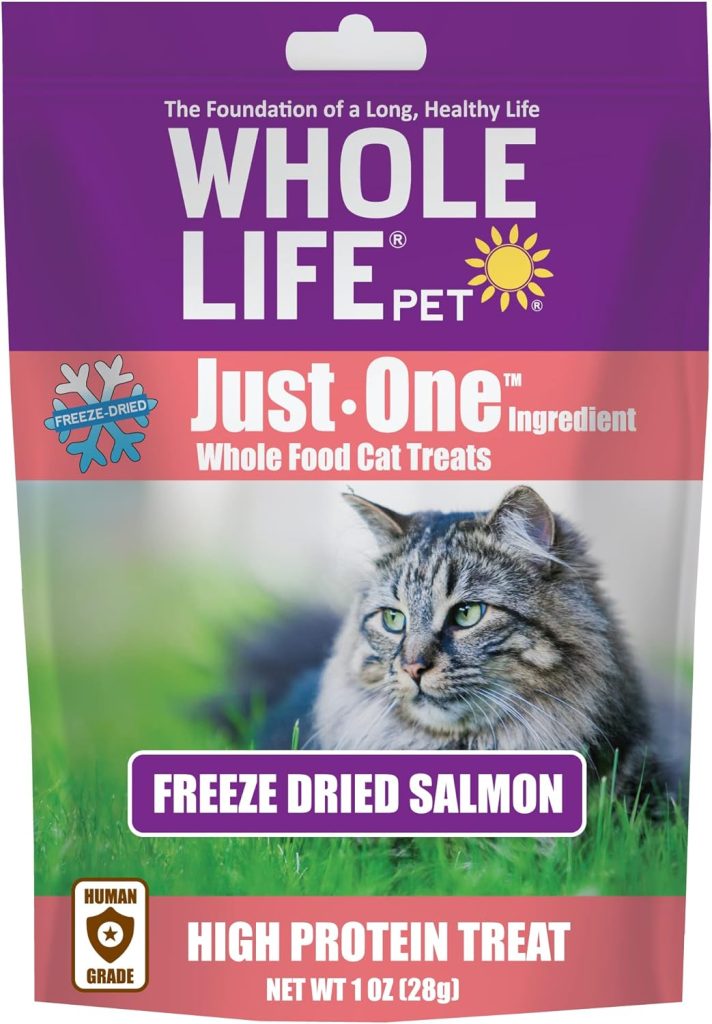
Just One Salmon: Whole Life Pet’s single-ingredient treat.
Human Grade, Freeze Dried: Ensures top-notch quality.
Protein-Rich, Grain-Free: Ideal for feline health.
Made in The USA: Trusted source for quality cat treats.
Freeze Dried Chicken Breast Cat Treats: Pure and simple.
1 Ingredient: PureBites focus on quality.
Made in USA: Ensures high standards and safety.
156g Pack (Packaging May Vary): Generous supply for happy cats.
Human grade certified brands adhere to stricter quality standards, avoid ingredients unsafe for people, and often cost more. But the investment helps ensure optimal nutrition and safety.
Raw
Freezing then dehydrating or freeze-drying raw ingredients better preserves natural nutrients without damaging them through traditional extrusion cooking at extremely high temperatures. Gently heating meat to just 115- 118° F enables beneficial enzymes and probiotics to remain intact.
Freeze-Dried Raw Duck Duck Goose Dinner: Stella & Chewy’s premium quality.
3.5 oz. Bag: Convenient size for portion control.
Dinner Morsels: Encourages a natural and satisfying eating experience.
Complete and Balanced: Provides comprehensive nutrition for cats.
Freeze Dried Raw Cat Food: Vital Essentials quality assurance.
Chicken Mini Nibs Entree: Irresistible flavor and texture.
8 oz Pack: Ideal for appetite stimulation and dental care.
High Protein, Digestive & Skin Health: Comprehensive feline nutrition.
Raw Boost Grain-Free Recipe with Real Chicken: Instinct’s premium formula.
5 lb. Bag: Convenient packaging for lasting freshness.
Natural Dry Cat Food: Wholesome and nutritionally rich.
Instinct Quality Assurance: Trusted for natural, high-quality cat nutrition.
Feeding Guidelines
- Follow age-appropriate feeding guidelines for recommended daily servings based on your cat’s ideal weight and activity level
- Split total portions into multiple smaller meals for better digestion and to help prevent overeating leading to obesity.
- Provide unlimited access to clean, fresh water always
- Transition gradually when introducing new foods over 5-7 days by mixing increasing amounts with previous formula. Abrupt changes can upset digestion.
- Refrigerate unused wet food promptly and toss any cans that become expanded or have a foul odor.
Reading Cat Food Reviews
Beyond the labeling, customer cat food reviews offer transparent insights into real world experiences with different formulas your own finicky feline might appreciate … or turn their nose up at. Shopper feedback allows you to go into your buying decision armed with unfiltered opinions covering everything from nutrition quality, ingredients, palatability, price, company reputation and even how certain recipes impact litter box smells!
When to Switch Cat Foods
While consistency remains important, certain circumstances may necessitate transitioning your cat to something new:
Kitten to Adult Food: At around 12 months old, kittens should graduate to adult cat formulas better tailored to their changing nutritional demands
Weight Loss: Overweight cats need reduced calories for safe weight management. Specialized diet control and hairball control recipes feature fewer fats and calories promoting lean body condition.
Allergies: Elimination diet trials help diagnose food allergies or intolerances. Limited ingredient formulas containing alternative novel proteins and carbohydrates help pinpoint triggers.
Illness or Surgery: Prescription therapeutic diets address issues like urinary tract infections, chronic kidney disease, inflammatory bowel disease, diabetes and pancreatitis. These formulas receive added nutrients needed for healing.
Picky Eaters: Flavor rotations combat boredom from eating the same dry kibble or canned recipe. Offer variety in taste, texture and formats like freeze dried raw, broth style or treats. Monitor reactions to avoid future food boycotts though!
Senior Cats (7+ years): Moderate energy needs, higher protein demands and limited digestive efficiency call for specially formulated senior recipes ideal for less active mature adult cats. Added joint support etc helps maintain health and quality of life.
No matter what life stage your cat is in, always transition gradually between diets over at least 5-7 days to allow their digestive system to comfortably adjust. An abrupt switch risks stomach upset or even refusal to eat the new food at all. Mix together old and new recipes while slowly adjusting proportions until fully swapped.
Conclusion
Reading between the lines when comparing pet food options empowers you to become a more selective shopper. Seeking out optimal nutrition tailored specifically to felines’ biological needs allows you to provide the highest quality care. Prioritizing digestible carbohydrates, minimizing fillers and avoiding unwanted artificial additives helps craft homemade-style nutrition supporting your cat’s best health possible at every age.
FAQs
Focus on finding multiple high-quality animal protein sources like chicken, turkey, salmon etc listed first in the ingredients. Avoid low digestible grains like corn, wheat and soy. Limit artificial preservatives, colors and flavors as well.
Cats require a high protein diet, ideally with at least 25-30% of their calories from animal-based proteins. Senior and less active cats still need around 20-25% protein.
Avoid chemical preservatives like BHA, BHT, ethoxyquin, propylene glycol and artificial colors, flavors and sweeteners. Grains like corn, wheat, rice and soy offer limited nutritional value for cats as well.
Contrary to popular belief, by-product meals still contain organ meat nutritious for cats. However they have lower biological value than whole meat meals. Always prefer whole food ingredients when possible.
A mix works well since each format offers different benefits. Canned food typically contains less carbs and more moisture – important for cats with low thirst drives. Kibbles help clean teeth and work well for free-feeding multiple cats.
Always transition slowly over 5-7 days when introducing new cat foods. Gradually shift proportions from old to new recipe to give their digestive system time to comfortably adjust.


